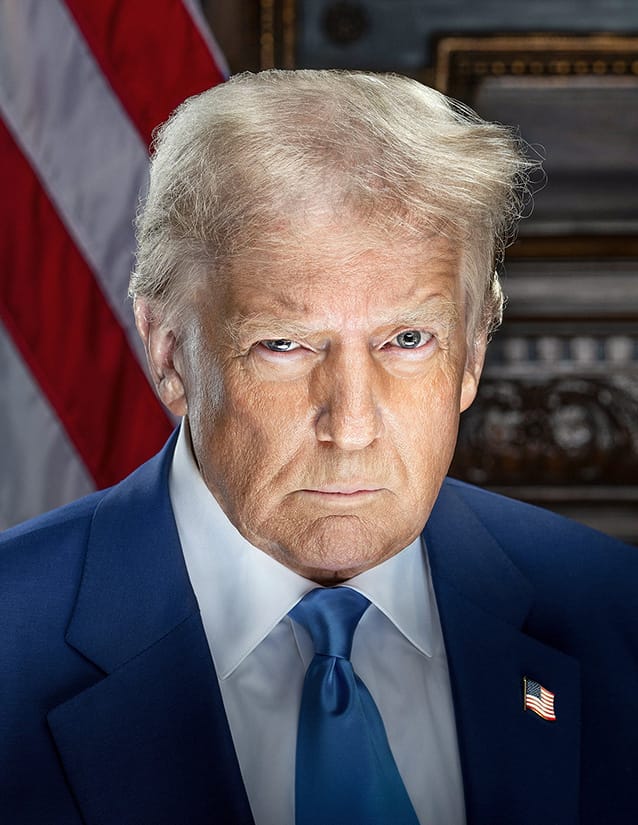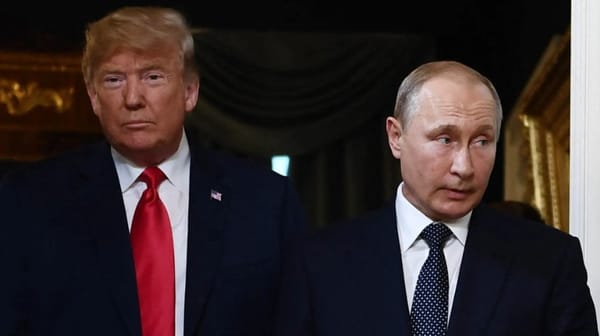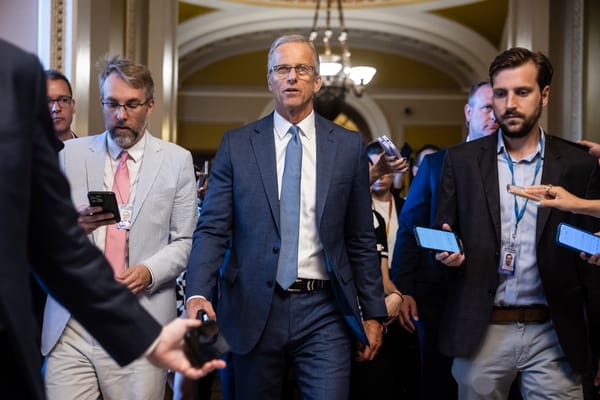Trump Declares "Liberation Day" and Announces Sweeping Tariffs: Economic and Political Fallout

On April 2, 2025, President Donald Trump declared "Liberation Day" during a high-profile Rose Garden event, unveiling a sweeping set of tariffs aimed at reshaping the global trade system and revitalizing American manufacturing. The measures include a 10% universal tariff on all imports to the United States, reciprocal tariffs targeting 60 countries, and additional duties on specific goods such as automobiles, auto parts, steel, and aluminum. The announcement has sparked widespread debate domestically and internationally, with critics warning of inflationary pressures, strained global relations, and potential economic downturns.
The Tariffs: Key Details
Universal Tariff
- A 10% baseline tariff will be applied to all imports entering the United States.
- This measure is set to take effect on April 5, 2025.
Reciprocal Tariffs
- Additional tariffs will target 60 countries that maintain trade surpluses with the U.S., including key allies like Canada, Mexico, Japan, South Korea, and the European Union.
- These tariffs are designed to match or partially offset the duties imposed by these nations on American exports. For example:
- China: 34% tariff
- European Union: 20% tariff
- Japan: 24% tariff
- The reciprocal tariffs will take effect on April 9.
Sector-Specific Tariffs
- A 25% tariff on all foreign-made vehicles will begin at midnight on April 3.
- A 25% tariff on auto parts will follow in May.
- Expanded tariffs on steel and aluminum imports remain in place.
Trump’s Vision for "Liberation Day"
President Trump characterized April 2 as a historic turning point for the U.S. economy. “This is one of the most important days in American history,” Trump declared during his hour-long address. “It’s our declaration of economic independence.” He argued that decades of unfavorable trade deals had devastated American manufacturing and vowed that these tariffs would restore domestic production and create jobs.
Trump also framed the tariffs as a matter of national security. “Trade deficits are no longer just an economic problem—they are a national emergency that threatens our security and our way of life,” he said. The president cited America’s reliance on foreign imports for critical goods like antibiotics and electronics as evidence of the need for immediate action.
Economic Implications
Impact on Consumers
Economists widely agree that the new tariffs will lead to higher prices for American consumers:
- The Yale Budget Lab estimates that households could face additional costs ranging from $2,700 to $3,400 annually due to increased prices on imported goods.
- Automobiles are expected to see significant price hikes, with some analysts projecting an average increase of $6,000 per vehicle.
Inflationary Pressures
The tariffs come at a time when inflation remains elevated above the Federal Reserve’s target of 2%. Economists warn that these measures could exacerbate inflation by raising costs for businesses reliant on imported materials:
- Consumer confidence has already dropped to its lowest level since 2021, partly due to fears of rising prices.
- Mark Zandi, chief economist at Moody’s Analytics, described the tariffs as “fodder for an economic downturn,” warning that they could tip the U.S. into recession if consumer spending slows significantly.
Business Concerns
Many U.S. manufacturers rely on imported raw materials and components. The new tariffs could increase production costs and make American products less competitive globally:
- Sectors like automotive manufacturing, construction, and electronics are expected to be hit hardest.
- Some businesses may freeze hiring or reduce investment in response to higher costs.
Global Reactions
Retaliatory Measures
The announcement has already provoked strong reactions from U.S. trading partners:
- European Union: European Commission President Ursula von der Leyen warned that Europe has “a strong plan” for retaliation if necessary. Potential countermeasures include tariffs on American exports such as bourbon whiskey, motorcycles, and agricultural products.
- China: Beijing announced a 15% tariff on U.S. imports including wheat, corn, chicken, and cotton.
- Canada: Prime Minister Mark Carney has pledged retaliatory tariffs but has not yet provided specifics.
Strained Alliances
The tariffs risk damaging relationships with key allies:
- Canada and Mexico have expressed frustration over being included in reciprocal tariff measures despite their participation in the United States-Mexico-Canada Agreement (USMCA).
- South Korea faces a 25% reciprocal tariff despite its strategic alliance with the U.S., including military cooperation.
Political Fallout
Republican Divisions
While many Republicans have supported Trump’s “America First” agenda in principle, some lawmakers have expressed concerns about the economic impact of these tariffs:
- Senate Minority Leader Mitch McConnell (R-KY) described them as “a risky gamble” that could alienate voters ahead of the 2026 midterms.
- A group of Senate Republicans plans to introduce a symbolic resolution rebuking the tariffs on Canadian products.
Democratic Criticism
Democrats have seized on the announcement as evidence of Trump’s mismanagement of the economy:
- House Minority Leader Hakeem Jeffries (D-NY) called the tariffs “a tax hike on working families.”
- Senator Elizabeth Warren (D-MA) warned that they would disproportionately harm low-income households already struggling with inflation.
Market Reactions
Financial markets have reacted negatively to the announcement:
- The S&P 500 closed its worst quarter since 2022 amid uncertainty over Trump’s trade policies.
- Analysts predict further volatility when markets reopen Thursday morning.
Historical Context
Trump’s reliance on tariffs as an economic tool is consistent with his first term but represents an escalation in both scope and scale:
- During his first term, Trump imposed targeted tariffs on steel, aluminum, and Chinese goods. However, these new measures are far broader in their application.
- Economists have compared them to historical protectionist policies like the Smoot-Hawley Tariff Act of 1930, which deepened the Great Depression by triggering retaliatory trade wars.
Expert Opinions
Economists remain divided over whether Trump’s strategy will achieve its intended goals:
- Supporters argue that tariffs will incentivize foreign companies to relocate production to the U.S., creating jobs and reducing trade deficits.
- Critics warn that they risk undermining global supply chains while failing to address structural issues like automation that have contributed to job losses in manufacturing.
Emily Blanchard, professor at Dartmouth College, noted:
“While these policies may generate short-term revenue for the government, they risk long-term damage to economic growth by increasing costs for businesses and consumers.”
Looking Ahead
As Trump implements his sweeping tariff policy, several key questions remain unanswered:
- Will trading partners negotiate new agreements or escalate retaliatory measures?
- How will consumers respond to rising prices?
- Can Republicans maintain voter support heading into the midterms?
The coming weeks will be critical in determining whether Trump’s “Liberation Day” represents a turning point for American industry—or a costly misstep with far-reaching consequences.
Conclusion
President Trump’s declaration of “Liberation Day” marks an ambitious attempt to reshape global trade in favor of American manufacturing. While supporters hail it as a bold step toward economic independence, critics warn of inflationary pressures, strained alliances, and potential recession risks. As domestic and international stakeholders grapple with these sweeping changes, their ultimate impact remains uncertain—but undeniably significant for both America’s economy and its role in global trade.




